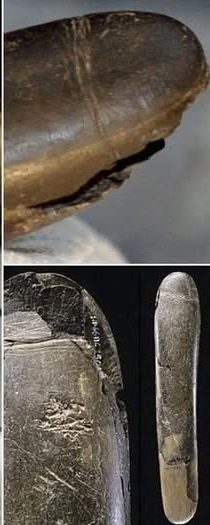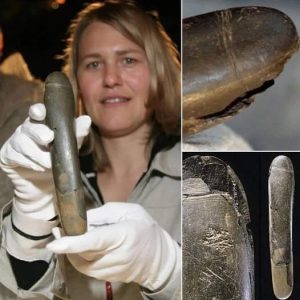Frozen in Ash: The Eternal City of Pompeii

Frozen in Ash: The Eternal City of Pompeii is a mesmerizing exhibition that transports visitors to one of history’s most captivating and tragic moments—the eruption of Mount Vesuvius in 79 AD and its devastating impact on the thriving Roman city of Pompeii. This extraordinary showcase offers a unique glimpse into the daily lives, culture, and artistry of a civilization suddenly frozen in time.

Pompeii was once a bustling urban center, filled with vibrant markets, grand villas, and intricate frescoes. The exhibition features an array of artifacts unearthed from the volcanic ash, including pottery, tools, and personal belongings that tell the story of the city’s inhabitants. Each item provides a tangible connection to the past, allowing visitors to envision the lives of those who walked the streets before the cataclysm.
One of the exhibition’s highlights is the display of plaster casts of the victims of the eruption. These haunting figures capture the final moments of individuals caught in the chaos, preserving their expressions and poses in a way that evokes deep empathy and reflection. The casts serve as powerful reminders of the human experience, drawing attention to the fragility of life and the impact of natural disasters.

The exhibition also delves into the daily life of Pompeii’s residents, showcasing their culinary practices, social customs, and artistic endeavors. Interactive displays allow visitors to engage with the artifacts, exploring ancient Roman dining habits through reconstructed dining settings and food remnants. This immersive experience brings to life the vibrancy of Pompeii’s culture, highlighting its influence on modern society.
Through detailed panels and multimedia presentations, Frozen in Ash explores the broader implications of the eruption and its aftermath. The exhibition examines how the preservation of Pompeii has provided invaluable insights into Roman architecture, urban planning, and societal structures. Visitors can learn about the significance of public spaces, such as the Forum and amphitheater, which played crucial roles in civic life.

Additionally, the exhibition addresses the ongoing challenges of preserving the site and the efforts of archaeologists to uncover more about this ancient city. It emphasizes the importance of cultural heritage and the responsibility to protect such invaluable treasures for future generations.
Overall, Frozen in Ash: The Eternal City of Pompeii is a captivating journey into the heart of a lost civilization. By celebrating the artistry, culture, and resilience of Pompeii’s inhabitants, the exhibition invites audiences to reflect on the enduring legacies of the past. This exploration not only honors the memory of those who lived in Pompeii but also inspires a deeper appreciation for the complexities of human history and the stories that continue to resonate across time.